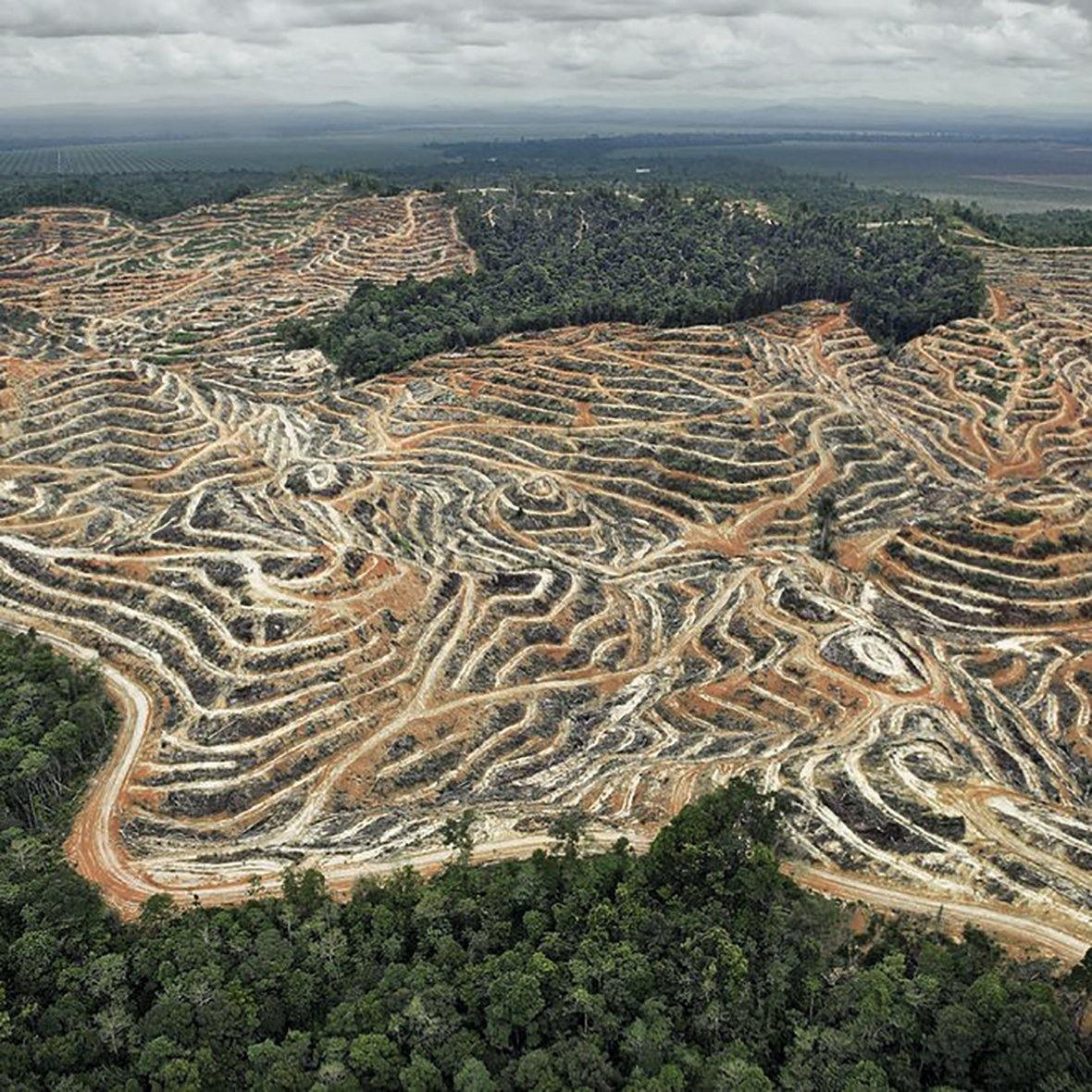Palm Oil is an edible vegetable oil that comes from the fruit of oil palm trees, which are native to Africa. Global production of and demand for palm oil is increasing rapidly. It is in around 50% of the package products in our supermarkets, including food products, detergents and cosmetics!
Plantations are spreading across Asia, Africa and Latin America, but such expansion comes at the expense of our tropical forests. Palm oil has been, and continues to be, a major driver of deforestation of some of the world’s most biodiverse forests, destroying the habitat of already endangered species like the Orangutang, pygmy elephant and Sumatran rhino.
Over 160,000 square miles, an area roughly the size of California, was lost in deforestation around the world between 2004 and 2017.
Deforestation puts human health and the health of our planet at risk. This forest loss coupled with conversion of carbon rich soils are throwing out millions of tonnes of greenhouse gases into the atmosphere and contributing to climate change.
Burning is a common method for clearing vegetation in natural forests. The burning of forests releases smoke and carbon dioxide into the atmosphere, polluting the air and contributing to climate change.
Palm oil production also leads to an increase in human-wildlife conflict as populations of large animals are squeezed into increasingly isolated fragments of natural habitat. The habitats destroyed frequently contain rare and endangered species.
Researchers around the world are working to find an alternative to Palm oil.
The trees only grow within 20 degrees of the equator – an area which also happens to be where rainforests grow and is home to 80% of all species in the world. Scientists are trying to find an alternative plant that can be just as productive but grow anywhere in the world.
However, it is possible to grow oil palm in a way that limits its impact on the environment. But demand for sustainable palm oil, and the willingness to pay a price premium for it, is limited.

